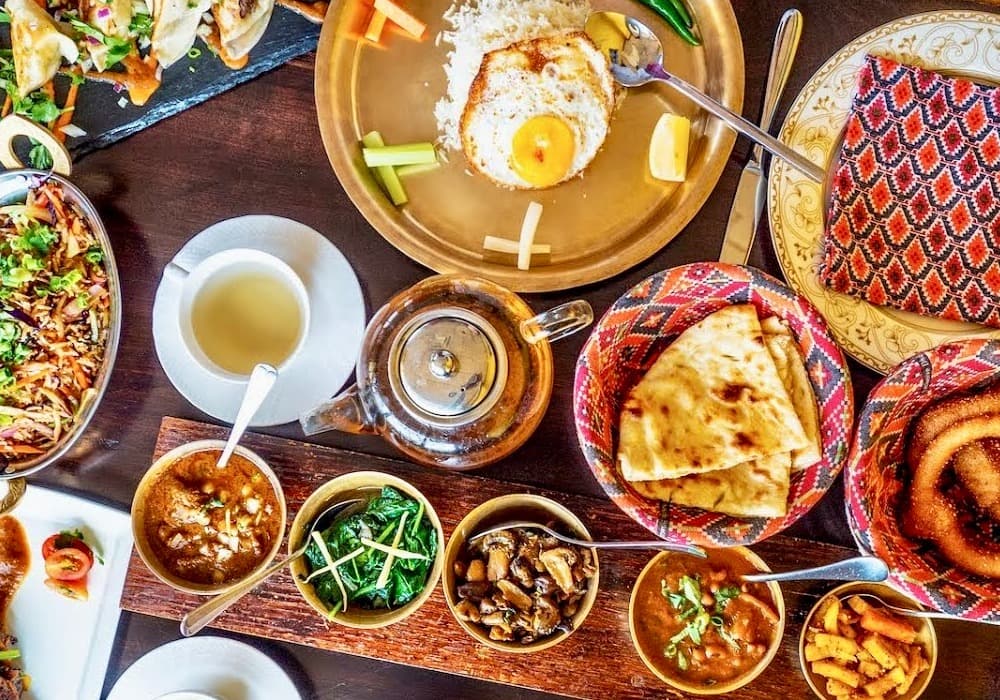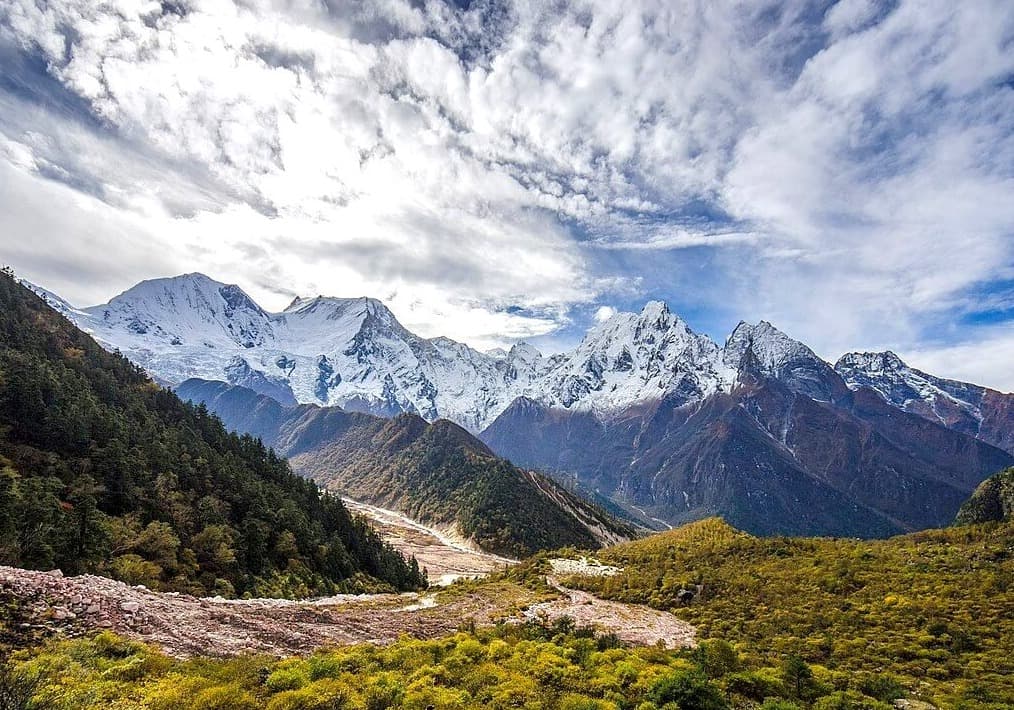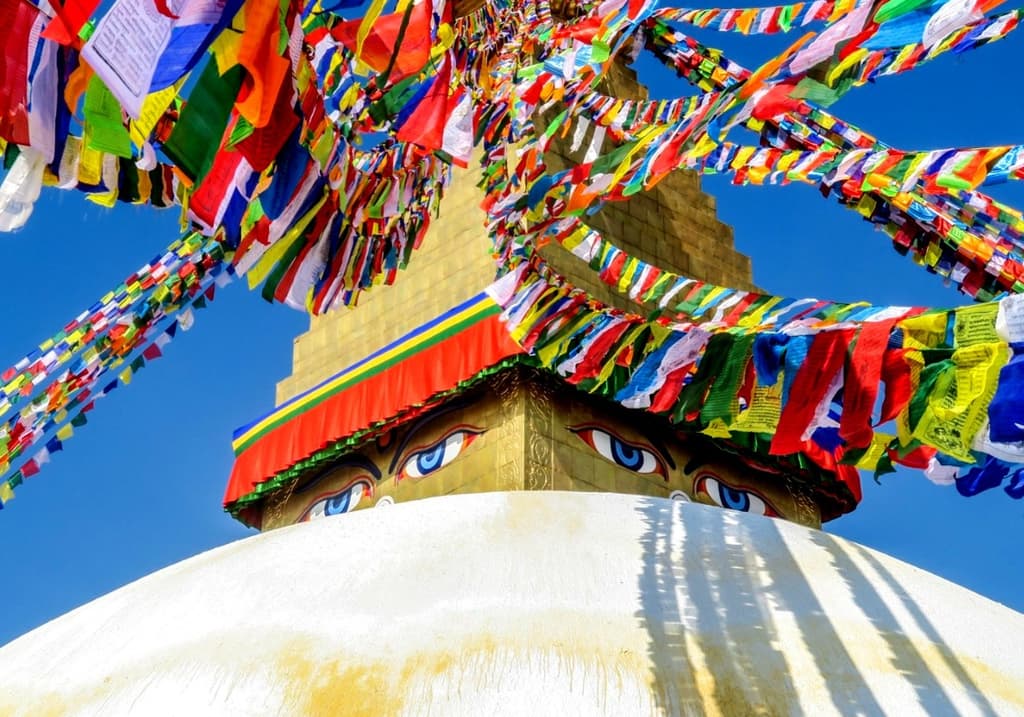Nepal, officially the Federal Democratic Republic of Nepal, is a landlocked country situated in South Asia. It is nestled between two giants, India to the east, south, and west, and China to the north, in the Himalayan mountain range. With an area of approximately 147,181 square kilometers (56,827 square miles), Nepal boasts a diverse topography, ranging from the lowlands of the Terai plains to the towering peaks of the world's highest mountains, including Mount Everest (Sagarmatha in Nepali), which stands at 8,848 meters (29,029 feet).
The population of Nepal is estimated to be around 30 million people, comprising various ethnic groups and cultural backgrounds. The major ethnic groups include the Chhetri, Brahmin, Magar, Tharu, Tamang, Newar, Gurung, and Sherpa, among others. The official language of Nepal is Nepali, which is an Indo-Aryan language, but many other regional languages are also spoken.
Kathmandu, the capital city of Nepal, serves as the country's political, cultural, and economic hub. The city is well-known for its ancient temples, palaces, and traditional architecture, showcasing the rich cultural heritage of the nation.
Nepal's history can be traced back to the ancient Kirat, Licchavi, and Malla kingdoms. In the late 18th century, King Prithvi Narayan Shah unified the numerous small kingdoms into one nation, leading to the establishment of modern Nepal. Following a period of internal turmoil, a decade-long Maoist insurgency, and a series of political transformations, Nepal declared itself a federal democratic republic in 2008, abolishing its centuries-old monarchy.
The Nepalese economy is primarily driven by agriculture, tourism, and remittances from Nepali workers abroad. The country's unique blend of natural beauty, diverse culture, and warm hospitality makes it a popular tourist destination, attracting visitors from all around the world. The tourism industry is centered around trekking, mountaineering, and cultural experiences, with attractions such as Mount Everest, the Annapurna Circuit, Chitwan National Park, and the ancient city of Bhaktapur drawing in travelers.
Despite its natural beauty and rich cultural heritage, Nepal faces numerous challenges, including political instability, poverty, inadequate infrastructure, and vulnerability to natural disasters. The country is actively working to overcome these obstacles and improve the well-being of its people through sustainable development and international cooperation.





